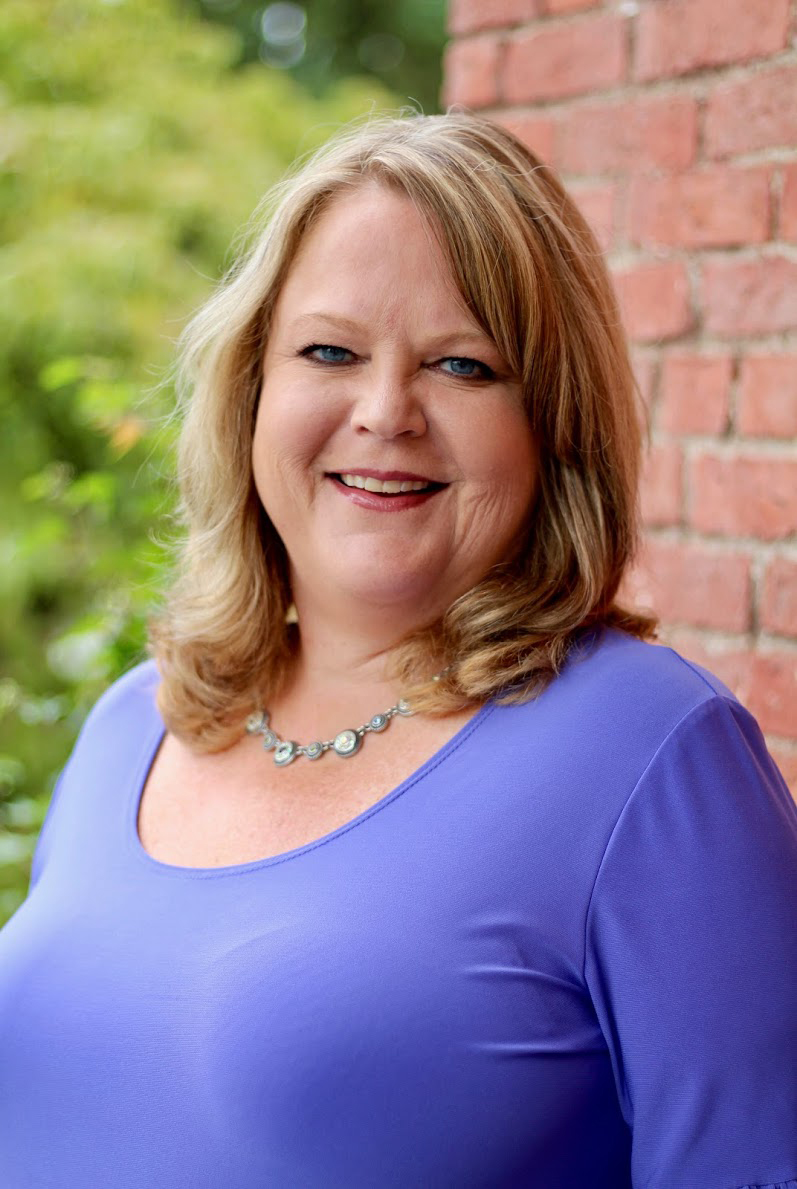Ericka Von Salews: Finding the right fit for eldercare
Aging with dignity isn”™t only an aspiration that most people want for themselves, but also one they want for those they love. Discovering that an aging loved-one isn”™t eating  regularly or keeping up with personal grooming, managing his or her medications well or socializing could indicate that the individual”™s quality of life has begun to suffer and that it might be time to consider a move from a private home to an adult residence for optimal wellbeing throughout senior years.
regularly or keeping up with personal grooming, managing his or her medications well or socializing could indicate that the individual”™s quality of life has begun to suffer and that it might be time to consider a move from a private home to an adult residence for optimal wellbeing throughout senior years.
Reports from the Centers for Disease Control and Prevention show that long-term care will be needed by more than two-thirds of the people that reach 65 during their lifetime. In New York state, there were 3 million adults aged 65 and older in 2015, according to the New York State Office for the Aging and that number is expected to reach more than 3.2 million in 2020. For the peace-of-mind that comes with securing an adult home that aligns with an aging person”™s needs, personality and lifestyle preferences, consider the points, below.
REPUTATION
Positive feedback on specific adult care facilities can be a good indicator of an adult home”™s solid standing. Look into the reputation of homes of interest by:
Ӣ Contacting the New York State Department of Health for summarized information on specific adult care facilities through the Freedom of Information Law, including associated fees, https://profiles.health.ny.gov/acf/pages/foil;
Ӣ Researching ratings for adult homes through platforms like www.senioradvisor.com, www.caring.com and www.assistedliving.com; and
Ӣ Investigating which residences are affiliated with professional organizations such as: New York State Center for Assisted Living, www.nyscal.org; Leading Age New York, www.LANY.org; Empire State Association of Assisted Living, www.esaal.org.
OVERALL PERCEPTION
Touring potential homes of interest during regular and off hours can give people a first-hand experience of the home”™s physical structures, staff interactions and residents”™ wellbeing. When visiting potential adult homes, consider:
Ӣ How the home looks and smells, overall, including maintenance of the exterior and the interior rooms;
Ӣ The sizes, condition and furnishings of the common areas and private rooms;
Ӣ Whether the residents seem happy and well attended; and
Ӣ What the food is like, including if itӪs tasty and the meals well rounded.
CARE AND EXPERTISE
Knowing who is caring for your loved one is as important as the facility”™s physicality. Ask about the vetting process by which staff members are selected, including whether potential staff members undergo criminal background checks and health screenings, what the educational or training standards encompass and what the staff-to-patient ratio is, particularly on nights, weekends and holidays.
LIFESTYLE
Whether a person lives in a private residence, adult home or other type of residence, a welcoming environment with access to lifestyle amenities, matters. Be sure any adult home of interest is a comfortable and inviting retreat by considering:
Ӣ How far the residence is located from family members and friends;
Ӣ Whether there is 24/7 family access to the residence;
Ӣ If each resident has a private room;
Ӣ What the schedule of onsite activities and recreation includes, such as games, clubs and fitness programs;
Ӣ The availability of onsite amenities such as laundry and salon services;
Ӣ The frequency of off-site amusement trips and what they encompass; and
Ӣ Whether transportation is available to the local shopping center or other recreational places.
COSTS
When reviewing the cost of a long-term adult home, consider not only the monthly totals, but how those fees will be paid and what happens if the resident runs out money. Ask about which services are included in the home”™s monthly rate, such as meals, laundry and housecleaning and whether there”™s a tiered structure in those or other offerings.
HEALTH AND SAFETY
From therapies to medical attention and emergencies, ensure that a long-term home is ready to meet the health and safety needs of your loved one by considering:
Ӣ How familiar you are with the nearest medical facility and its distance from the residence;
Ӣ The homeӪs policy regarding resident medications.
Ӣ Ask which doctor will be engaged as needed. Will it be your loved oneӪs personal physician (and how far away that doctor is from the residence) or the locationӪs visiting doctor;
Ӣ How prescribed therapies are handled; and
Ӣ The residenceӪs emergency plan.
Taking the time to see that the residence is a right fit can help ensure that person”™s quality of life will flourish.
Ericka Von Salews is the executive director of the Vassar-Warner Home in Poughkeepsie, http://vassarwarner.org/.